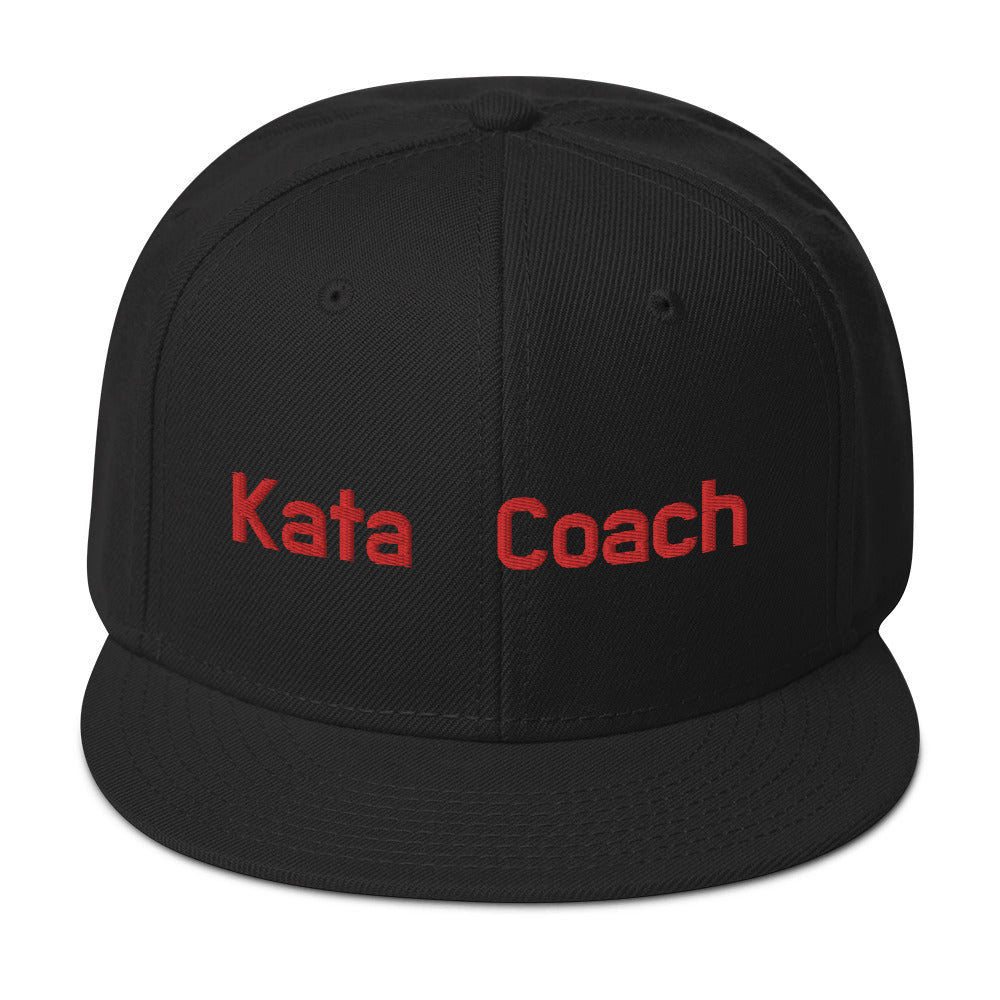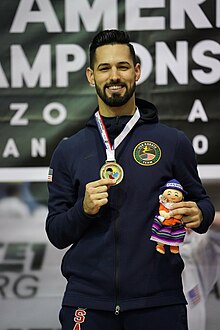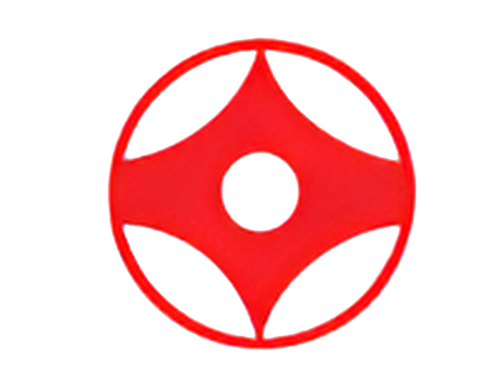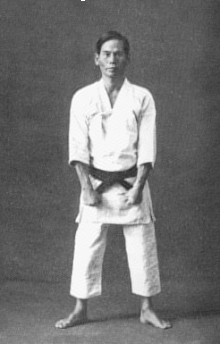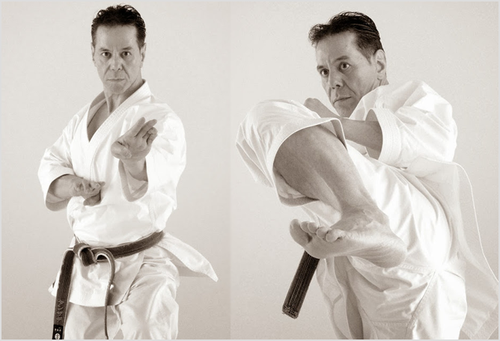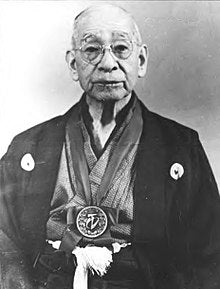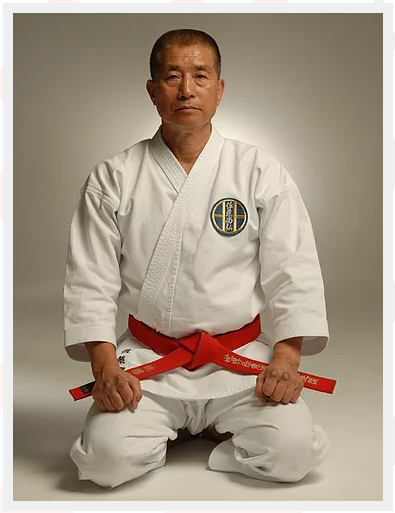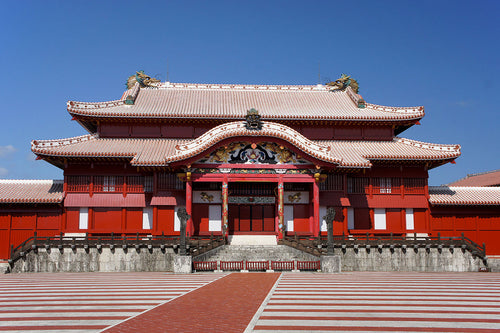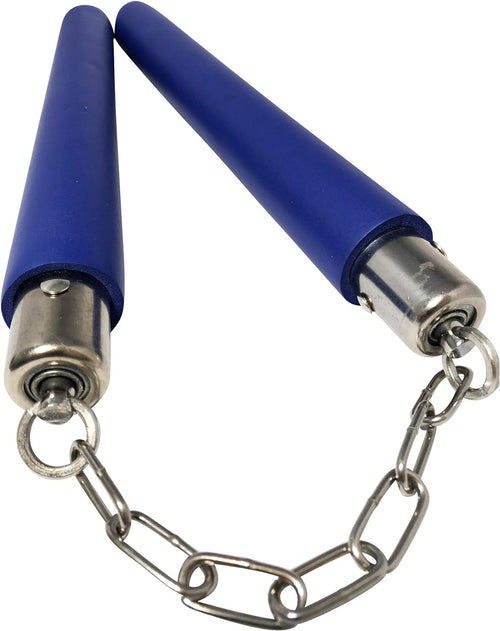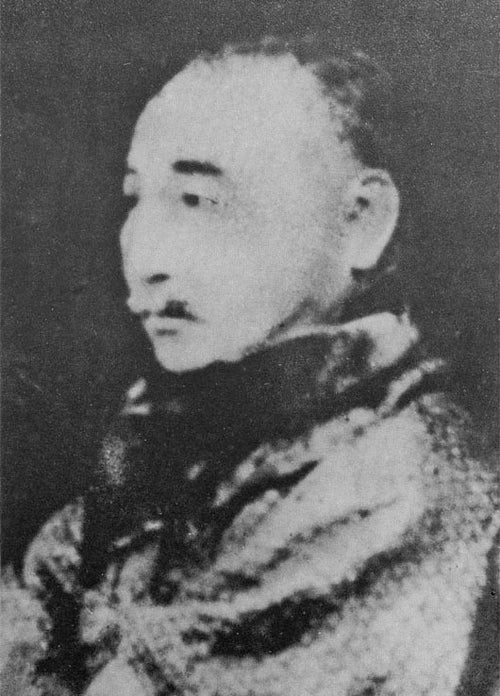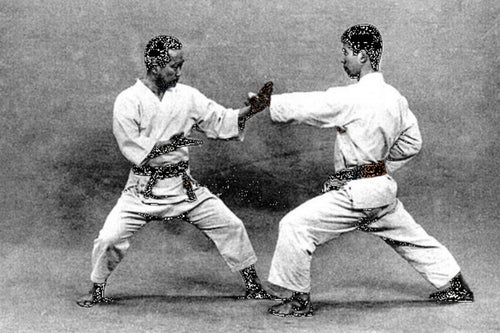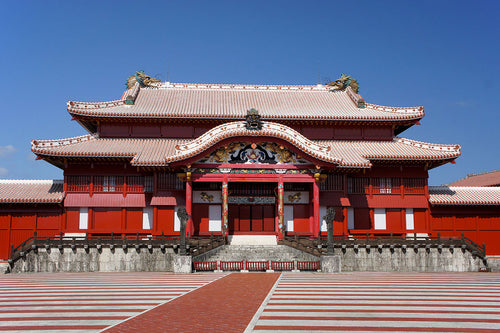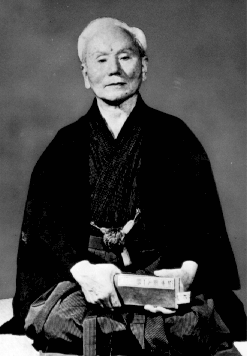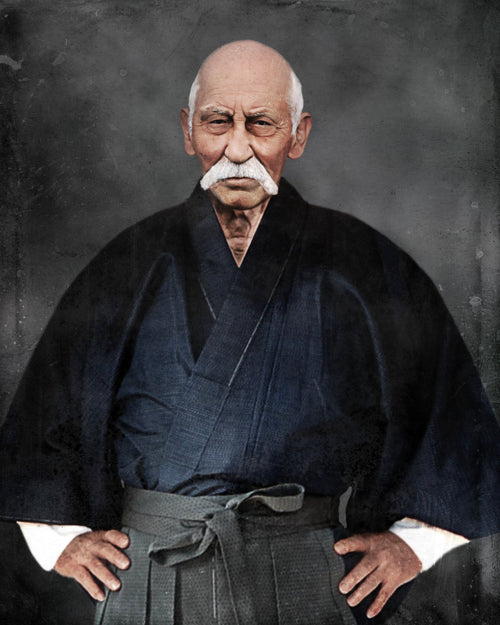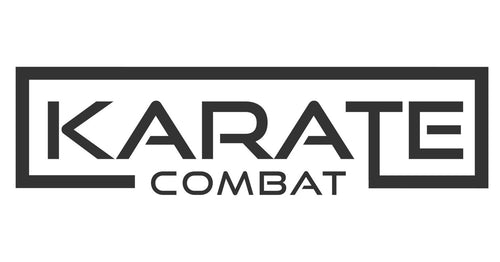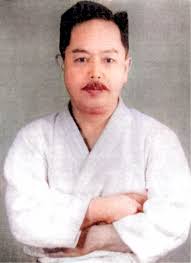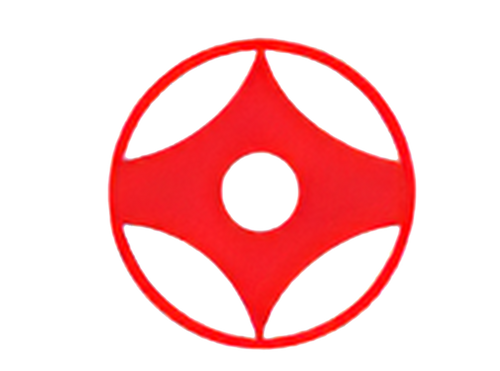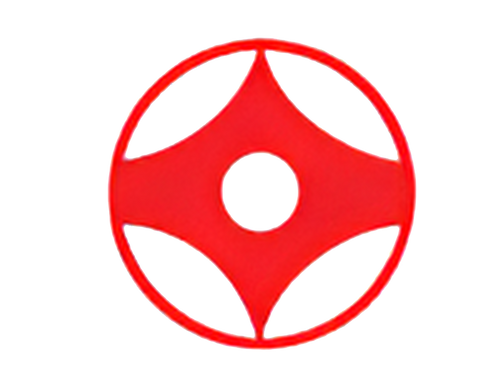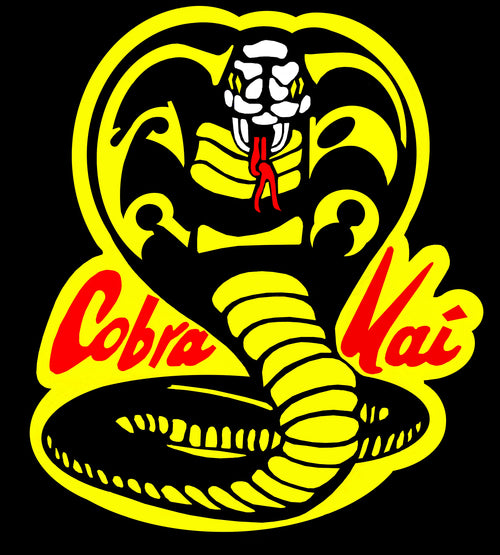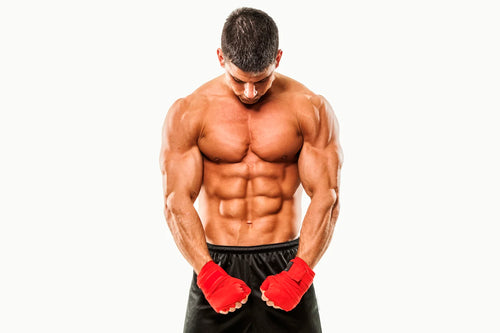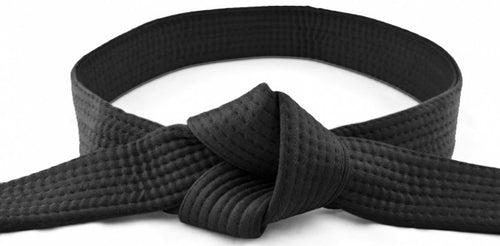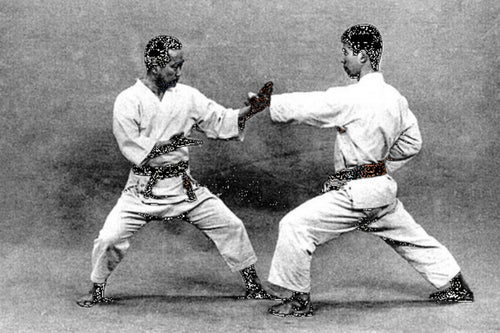When it comes to Kyokushin Karate, there are 10 essential techniques that every practitioner should know. These techniques are the foundation of this martial art and mastering them is crucial for success. In this article, we will explore these techniques in detail and discuss their importance in Kyokushin Karate.
Developing a Strong Stance
A strong stance is essential in Kyokushin Karate as it provides a solid foundation for executing techniques with power and stability. Practitioners should focus on maintaining a low and balanced stance, distributing their weight evenly between both legs. This allows for better stability and the ability to generate maximum power in strikes.
Additionally, a strong stance helps with body alignment, enabling practitioners to move efficiently and effectively during combat. It also enhances the ability to absorb and withstand powerful strikes from opponents.
Generating Powerful Strikes
In Kyokushin Karate, generating powerful strikes is crucial for effective self-defense and competition. Practitioners should focus on utilizing their entire body in each strike, rather than relying solely on arm strength. This involves engaging the hips and core muscles to generate maximum power.
Furthermore, proper technique and body mechanics are essential for generating power. This includes proper alignment of the body, utilizing the correct muscle groups, and executing strikes with precision and speed. By mastering the art of powerful strikes, practitioners can deliver devastating blows to opponents.
Executing Effective Blocks
Blocks are a fundamental part of Kyokushin Karate, as they allow practitioners to defend against incoming attacks. Effective blocking techniques involve using the arms and legs to intercept strikes and neutralize their impact. Proper timing and positioning are key in executing successful blocks.
It is important for practitioners to practice various blocking techniques, including high, middle, and low blocks, to develop a well-rounded defense. By mastering the art of blocking, practitioners can protect themselves from incoming strikes and create opportunities for counterattacks.
Utilizing Kicks
Kicks are a prominent feature of Kyokushin Karate and can be devastating when executed with precision and power. Practitioners should focus on developing strong and accurate kicks that target vulnerable areas of the opponent's body.
Training should include a variety of kicks, such as front kicks, roundhouse kicks, side kicks, and spinning kicks, to ensure versatility in combat situations. Proper technique, flexibility, and balance are essential for executing effective kicks.
Mastering Punching Techniques
Punching techniques play a vital role in Kyokushin Karate, allowing practitioners to strike with speed and accuracy. It is important to focus on proper hand positioning, alignment, and the rotation of the body to generate power in punches.
Practitioners should train in various punching techniques, including jabs, crosses, hooks, and uppercuts, to develop a well-rounded skill set. By mastering punching techniques, practitioners can effectively engage in close-range combat and deliver impactful strikes.
Developing Strong Footwork
Footwork is a fundamental aspect of Kyokushin Karate and greatly contributes to a practitioner's overall performance. Good footwork allows for quick and efficient movement, enabling practitioners to evade attacks and create opportunities for counterattacks.
Practitioners should focus on developing agility, balance, and coordination through footwork drills and exercises. This includes practicing forward and backward movements, lateral movements, and pivoting. By mastering footwork, practitioners can effectively control the distance and pace of a fight.
Improving Flexibility
Flexibility is essential in Kyokushin Karate as it allows practitioners to execute techniques with a full range of motion. Improved flexibility enhances the effectiveness of kicks, punches, and other movements, while also reducing the risk of injuries.
Practitioners should incorporate stretching exercises into their training routine to improve flexibility. This includes static stretching, dynamic stretching, and specific stretches that target key muscle groups used in Kyokushin Karate techniques.
Building Mental Resilience
Mental resilience is just as important as physical strength in Kyokushin Karate. Practitioners should cultivate mental toughness and discipline to overcome challenges and push through difficult training sessions.
Techniques such as meditation and visualization can help develop mental resilience. By training the mind to stay focused, remain calm under pressure, and persist in the face of adversity, practitioners can excel in Kyokushin Karate.
Understanding Kumite (Sparring)
Kumite, or sparring, is a vital component of Kyokushin Karate that allows practitioners to apply their techniques in a realistic combat scenario. It is important to understand the rules and principles of Kumite and practice regularly to develop timing, distance control, and effective combinations.
Through Kumite, practitioners can gain practical experience, improve their reflexes, and develop the ability to adapt to different fighting styles. It also helps in building mental fortitude and enhances overall fighting skills.
Continual Practice and Improvement
Lastly, continual practice and improvement are essential for every Kyokushin Karate practitioner. Regular training, attending classes, and seeking guidance from experienced instructors are crucial for honing skills and progressing in this martial art.
Practitioners should strive for consistent improvement, setting goals, and challenging themselves to reach new levels of proficiency. By maintaining dedication and a growth mindset, practitioners can continually evolve and excel in Kyokushin Karate.
